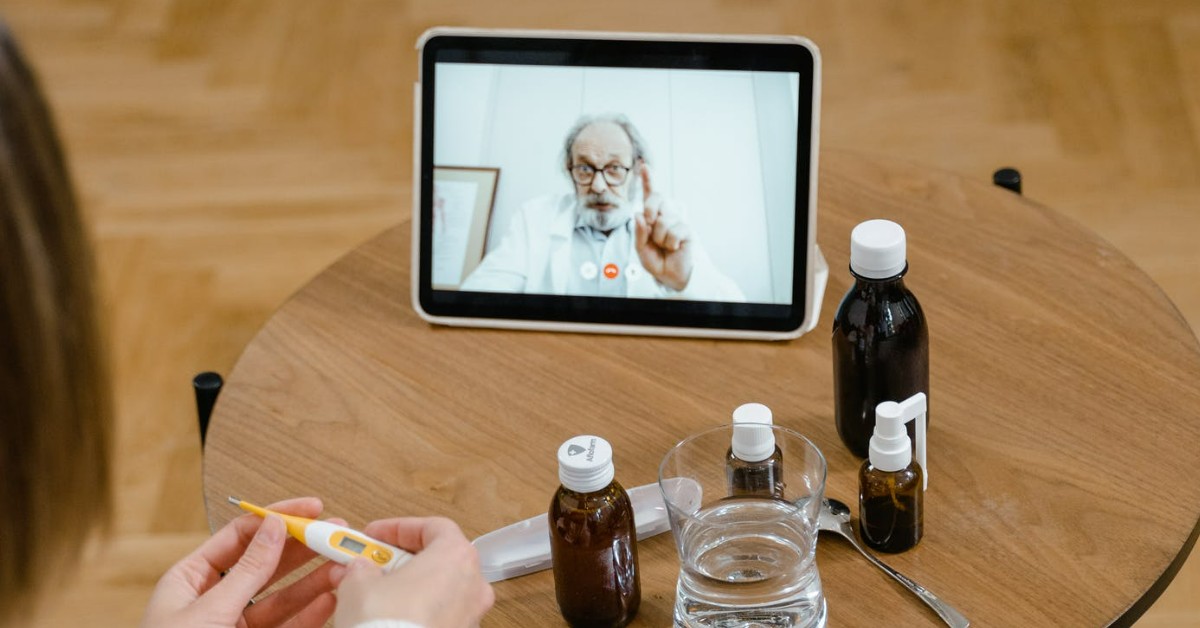How’s Your Doctor’s Webside Manner?
By Kayla Mayhew | Life Sciences Practice Leader | Founders Professional
Over a dozen physicians, from primary care doctors to specialists, couldn’t explain 17 years of daily symptoms – which worsened with each passing year. Test after test gave no answer. Medications provided either no relief or made symptoms worse.
Until a telemedicine visit with a medical provider who asked a (controversial!) question – “have you ever been bitten by a tick?”
The patient immediately thought back to her teenage years, when she found a tick buried in the side of her face…just over 17 years ago. Aaaahhh yes, an answer, finally! The Lyme disease bloodwork the practitioner ordered next would all come back positive.
This health mystery was solved during the COVID-19 pandemic when in-person office visits were limited. If we can find silver linings in the pandemic, one of them is the increased use of telemedicine.
Telemedicine is here to stay. We all probably know someone who doesn’t like going to a doctor’s office for a multitude of reasons. Seeing a medical provider virtually, gives patients that added sense of security they need. Not to mention that it saves commuting time, it saves time waiting in doctors waiting rooms, and it’s just more convenient.
Establishing rapport and trust takes a concerted effort in live virtual visits. A clinician may be seeing the patient face-to-face, but through a camera which can cause these encounters to feel unnatural. Healthcare providers must focus on ensuring it’s the best experience possible for the patient by developing their “webside manner” – the virtual equivalent of bedside manner.
When communicating via video, it’s like you’re on stage. Spend the time to create a calm, quiet, private environment that displays professionalism. The technical aspects of lighting that illuminates your face, a background free of noise and visual distractions, your body positioned in the center of the camera frame, and the camera set at eye level all set a good tone.
Beyond preparation and visual presence, the clinician-patient interactions can have a meaningful impact on the betterment of a patients’ health.
Remember that body language says just as much as words and can be amplified in the digital space. It’s important to smile, use gestures like a nod, and replicate real eye-contact patterns by having your camera positioned so that you’re able to simultaneously look at the other person while gazing into the camera. Actively listen with your eyes to pick up on your patient’s body language cues showing if they understand, or not.
A direct approach is needed to cutout any awkwardness such as a lag or buffering. Verbally point out any apparent technology hiccups to keep the conversation flowing as smoothly as possible.
If you must look away to take notes or view material, narrate what you’re doing to show you’re still engaged. Narrating interactions may not come naturally to everyone – make a conscious effort to describe what you’re doing to show you’re not distracted.
Delivering the highest quality of care through effective communication centered in respect and empathy has a meaningful impact on health outcomes and helps prevent potential malpractice claims.
Research has shown that patients feel better when their medical providers communicate with compassion and patience. Create a good ‘webside manner’ to establish a positive relationship and enhance the patient’s care journey.
About the Author
Kayla Mayhew is a Professional Liability & Management Liability Insurance Broker, as well as the Life Sciences Practice Leader at Founders Professional. Based out of St. Petersburg, FL, Kayla assists retail insurance agents across the Country in finding tailored solutions for their life science clients. Kayla can be reached directly at [email protected]

